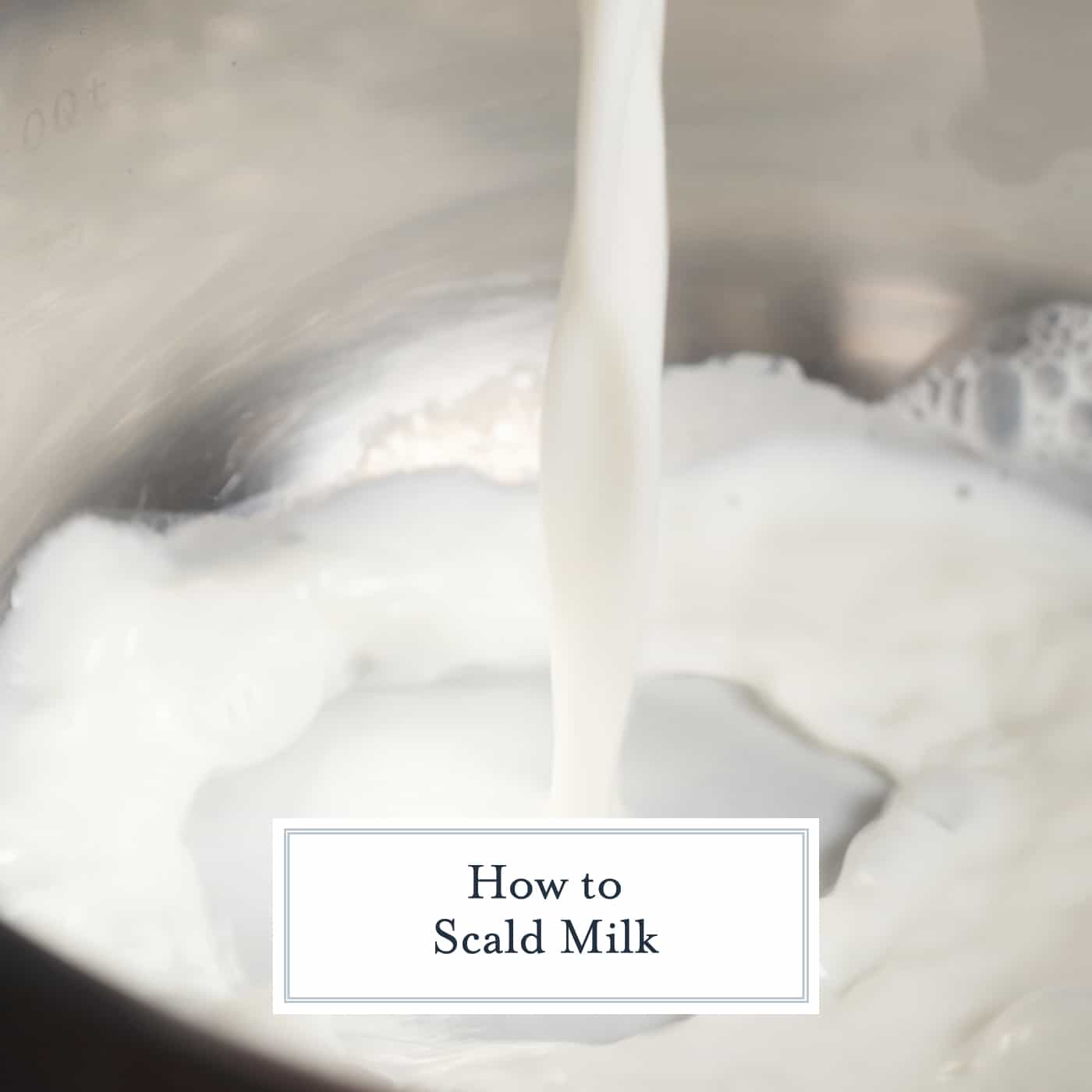What is Scalded Milk? Understanding the Process and Its Uses
Scalded milk is a term often encountered in traditional recipes and culinary practices. It involves heating milk to a specific temperature just before it reaches a boil. This process is important for various reasons, including improving the texture of baked goods and enhancing flavors. In this guide, we will explore what scalded milk is, why it is used, how to scald milk properly, and its applications in cooking.
What is Scalded Milk?
Definition
Scalded milk is milk that has been heated to a temperature of approximately 180°F (82°C). At this temperature, milk begins to steam and tiny bubbles form around the edges of the pan, but it does not reach a full boil.
Characteristics
- Temperature: Scalded milk reaches around 180°F (82°C).
- Appearance: Tiny bubbles form around the edges, and steam rises from the surface.
- Flavor: The process can alter the flavor slightly, giving it a richer taste.

Scalded Milk
Why Scald Milk?
1. Historical Reasons
In the past, scalding milk was a necessary step to kill bacteria and enzymes before the advent of pasteurization. Although most milk today is pasteurized, scalding is still used for its culinary benefits.
2. Baking and Cooking
- Texture Improvement: Scalded milk can denature proteins that inhibit gluten formation, resulting in a softer crumb in baked goods.
- Enhanced Flavor: The heating process can intensify the milk's flavor, adding richness to recipes.
- Activation of Ingredients: In some recipes, particularly those involving yeast, scalding milk helps to activate certain ingredients, leading to better results.
How to Scald Milk Properly
1. Gather Your Ingredients and Tools
- Ingredients: Milk (whole, skim, or any type of your choice)
- Tools: Heavy-bottomed saucepan, thermometer, wooden spoon or spatula
2. Heat the Milk
1. Pour Milk: Pour the milk into a heavy-bottomed saucepan. This type of pan helps distribute heat evenly, preventing the milk from scorching.
2. Heat Slowly: Place the saucepan over medium heat. Slowly heat the milk, stirring occasionally to prevent a skin from forming on the surface and to ensure even heating.
3. Monitor the Temperature
1. Use a Thermometer: Use a kitchen thermometer to monitor the milk's temperature. Aim for 180°F (82°C).
2. Look for Visual Cues: In addition to using a thermometer, watch for tiny bubbles forming around the edges of the pan and steam rising from the milk. Do not let the milk come to a full boil.
4. Cool the Milk
1. Remove from Heat: Once the milk reaches the desired temperature, remove it from the heat immediately to prevent it from boiling.
2. Cool Slightly: Allow the milk to cool slightly before using it in your recipe, especially if it needs to be mixed with eggs or yeast.

How to Scalded Milk?
Applications of Scalded Milk
1. Baking
Scalded milk is often used in baking recipes for breads, cakes, and pastries. It helps create a tender crumb and can enhance the overall texture and flavor of baked goods
2. Custards and Puddings
When making custards, puddings, or ice cream bases, scalded milk helps blend the ingredients smoothly and can prevent curdling.
3. Beverages
Scalded milk can be used in hot beverages like coffee or hot chocolate to add a rich, creamy texture.
Common Misconceptions
1. Scalded Milk is Boiled Milk
Scalded milk is heated to just below boiling, around 180°F (82°C), whereas boiled milk reaches a full boil at 212°F (100°C). Boiling milk can alter its taste and texture unfavorably.
2. Scalding Milk is Unnecessary with Pasteurized Milk
While pasteurization kills harmful bacteria, scalding milk serves different culinary purposes, such as improving texture and flavor in specific recipes.
Tips for Scalding Milk
1. Use a Heavy-Bottomed Pan
A heavy-bottomed saucepan helps distribute heat evenly and reduces the risk of scorching the milk.
2. Stir Frequently
Stirring the milk frequently while heating prevents skin from forming on the surface and ensures even heating.
3. Cool Before Using
Allow the scalded milk to cool slightly before adding it to other ingredients to avoid cooking them prematurely, especially when working with eggs or yeast.

Scalded Milk
Conclusion
Scalded milk is a valuable technique in the kitchen, enhancing the texture and flavor of a variety of dishes. Understanding how to scald milk properly and its applications can elevate your baking and cooking, making your recipes richer and more delicious. By following the steps and tips outlined in this guide, you can confidently incorporate scalded milk into your culinary repertoire.